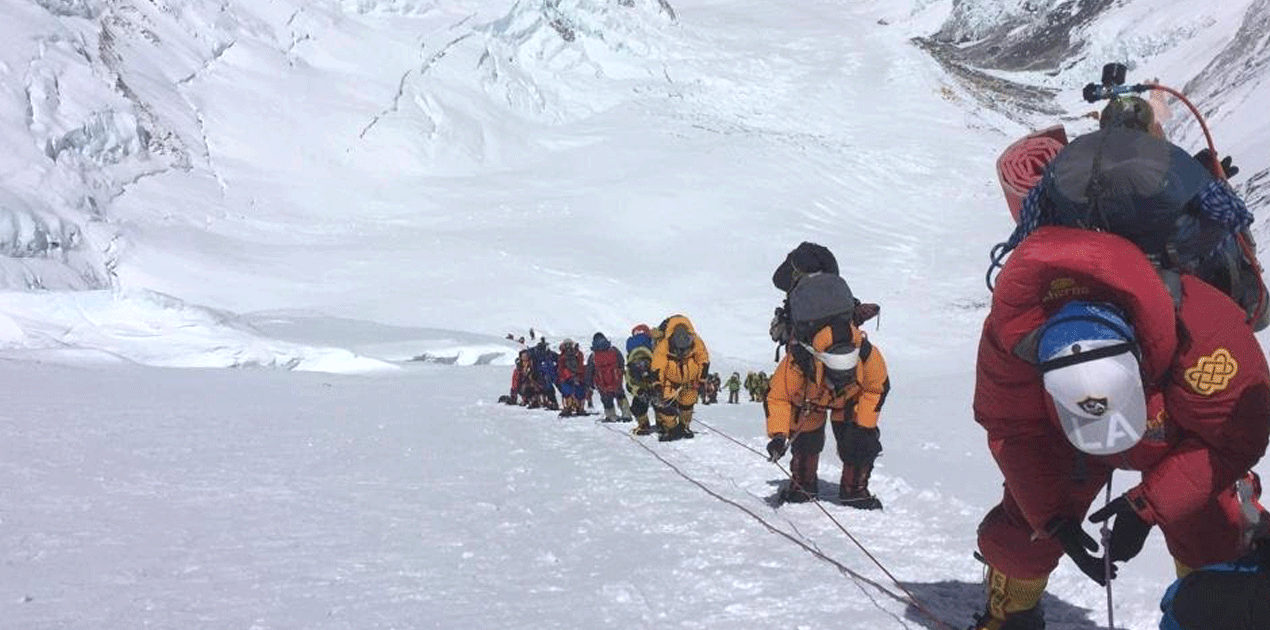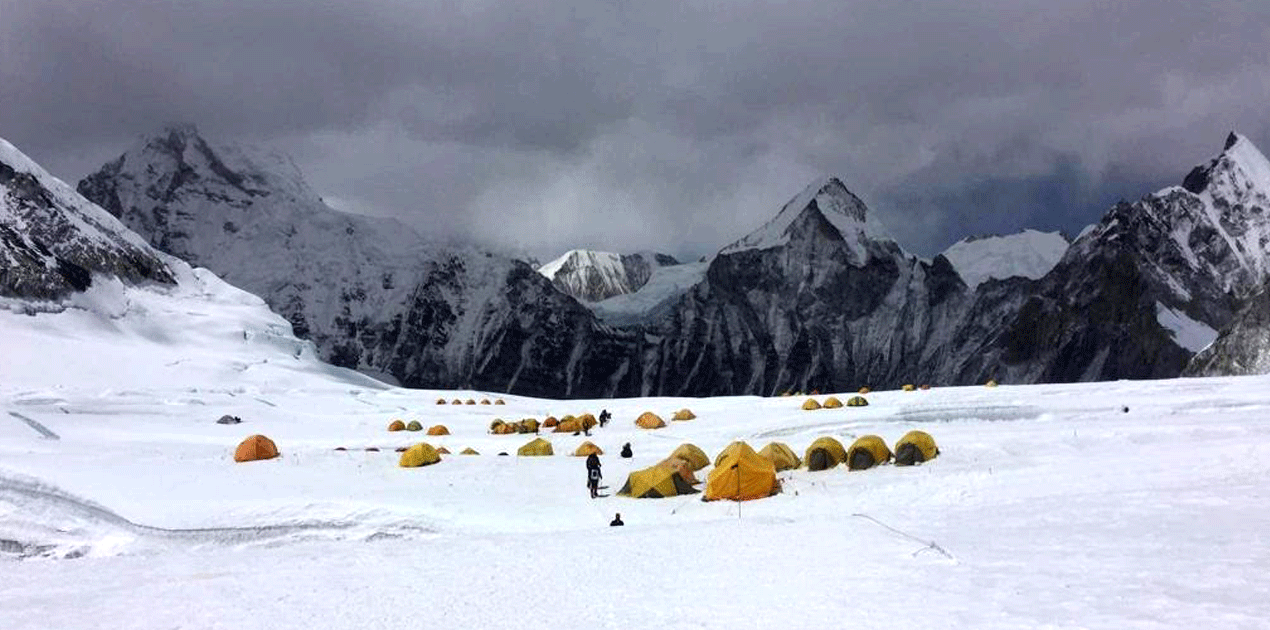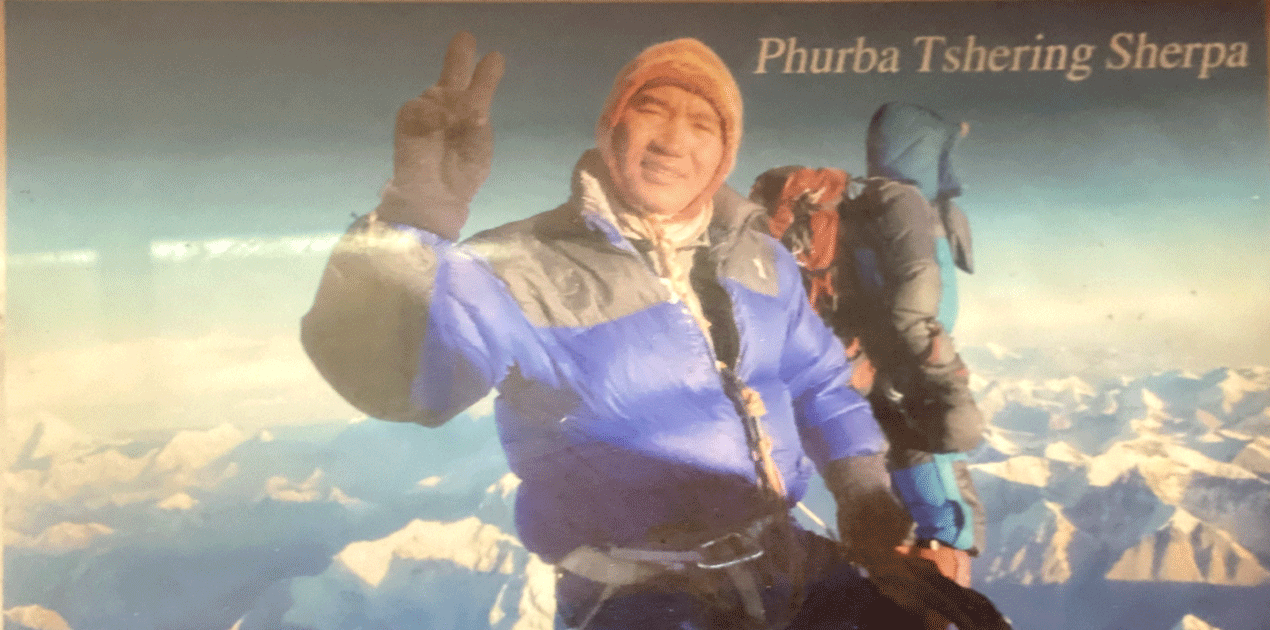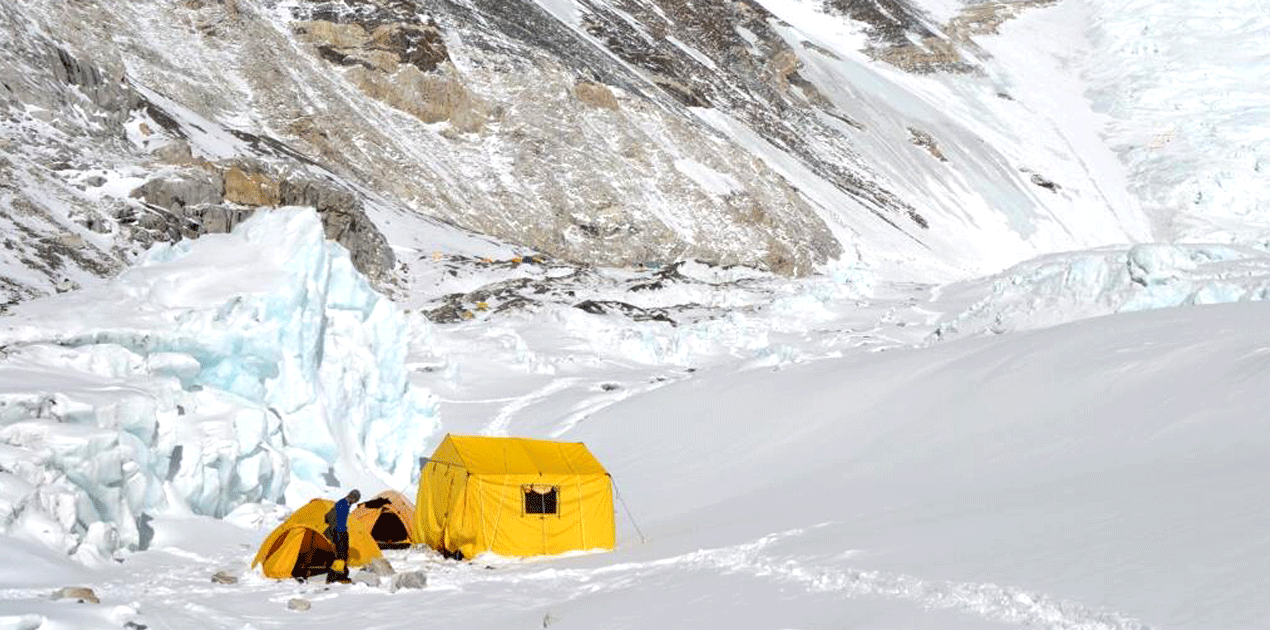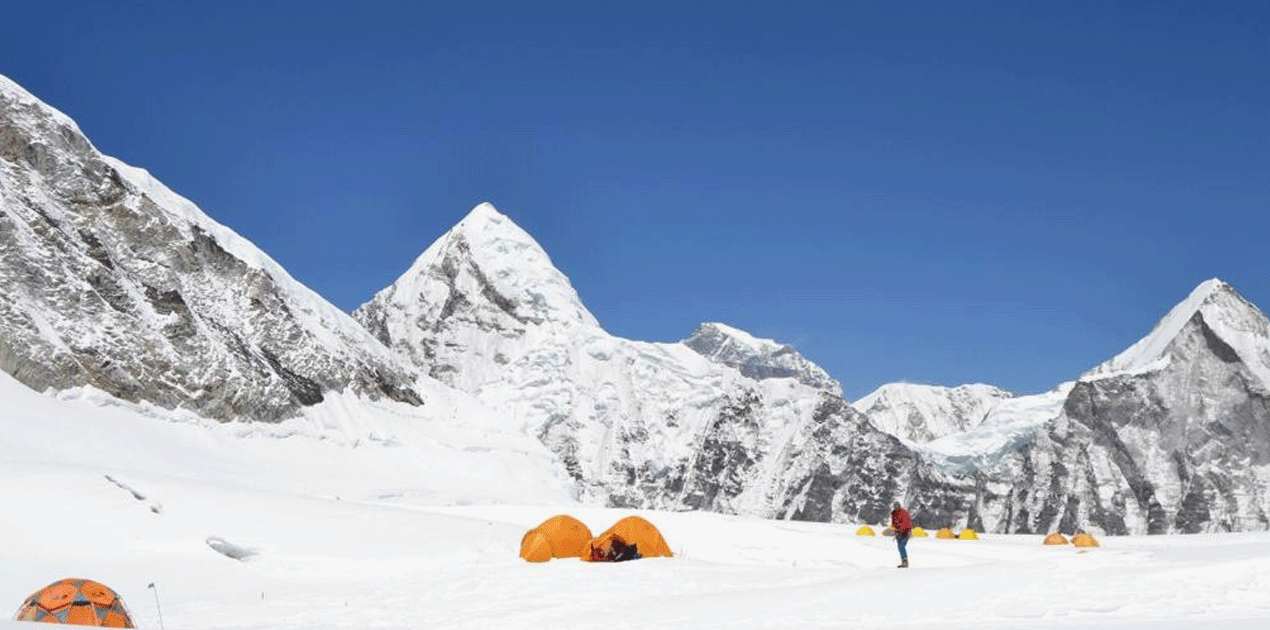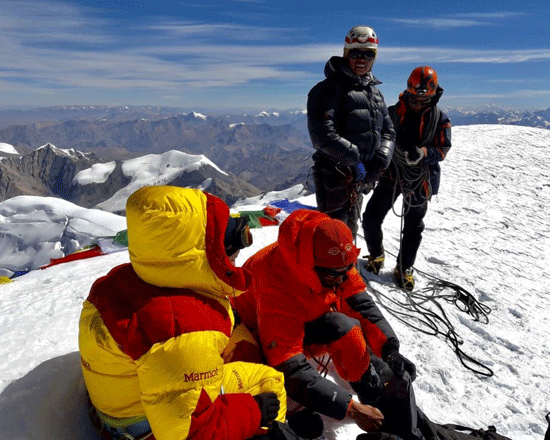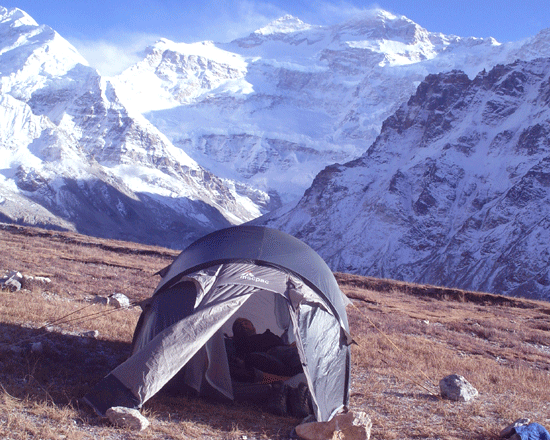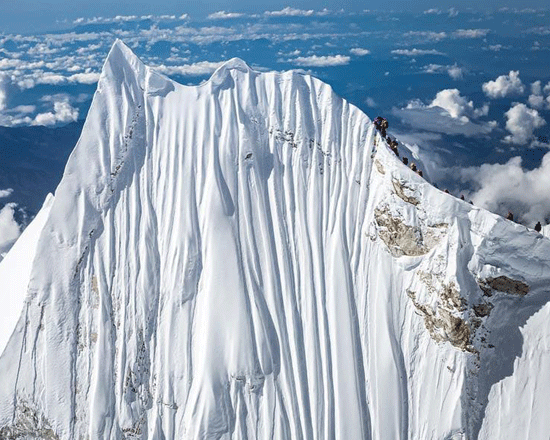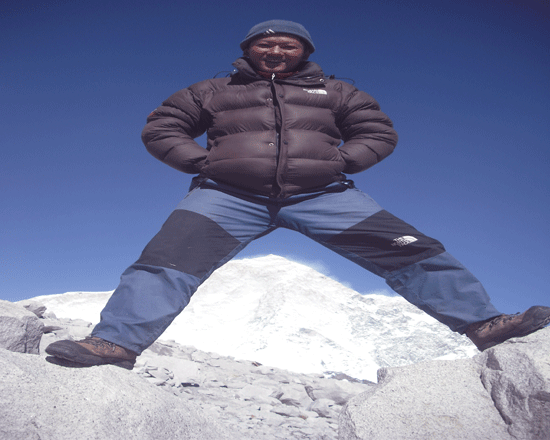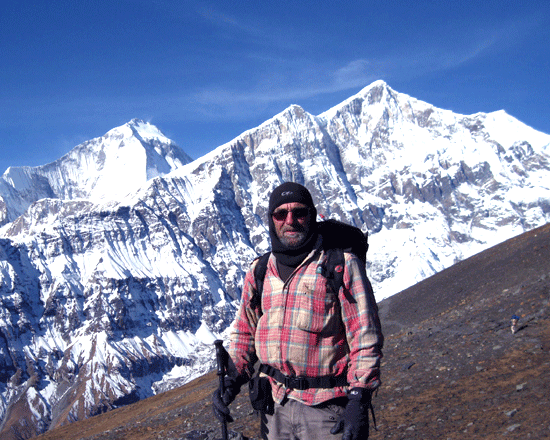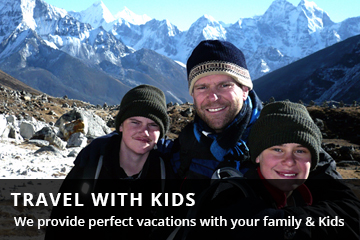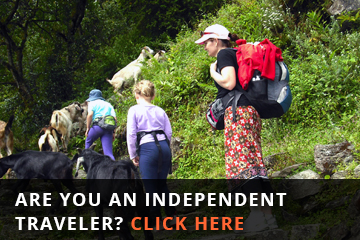Everest Expedition
Everest Expedition
High mountain expeditionsTrip Facts
These treks are suitable for any walker looking for something a little more challenging and energetic. They are a combination of some longer and shorter walks and hill-walking experience is desirable. The duration is usually from 10 to 15 days. Following the up and down terrain of Nepal and walking to higher elevations contrasts these treks to those in the easy classification. However, you will be rewarded for your efforts with spectacular close-up views of glaciers and of the high Himalayas. Although the terrain is not difficult, some vigorous hiking experience is useful. There may be up to 6 hours a day on the trail and the elevation rises and falls from 800m/ 2624ft to 4000m/13210ft above sea level.
100%
Overview
Detail Itinerary
Day 01: Arrival in Kathmandu and transfer to the hotel.
Day 02-03: Preparation, briefings, shopping and formalities to obtain the permit.
Day 04: Fly to Lukla and trek to Phakding (2652m; 4 hours hike); lodge.
Day 05: Trek to Namche Bazaar (3440m/6 Hrs. ); stay at a lodge.
Day 06: Rest and acclimatization; explore Everest View Hotel (3800m-3 hrs.).
Day 07: Trek to Tyangboche (3850m-5 hours); Explore Buddhist monastery; lodge.
Day 08: Trek to Dingboche (4350m-5Hrs. ); stay in a lodge.
Day 09: Trek to Lobuche (5,018m - 4 hours); lodge.
Day 10: Rest at Lobuche to allow your body to acclimatize.
Day 11: Trek to Gorakshep (5172m-3 hrs. ); overnight in a lodge.
Day 12: Trek to Everest Basecamp (5200m, 2 hours), camping.
Day 13-56: Summit Everest (8,848.86m), full camping period.
Day57: Trek down to Gorakshep, overnight at the lodge.
Day 58: Trek to Dingboche (4260m), via Lobuche (5216m) (5 hours), lodge.
Day 59: Trek to Tyangboche (3860m-5 hours), lodge.
Day 60: Trek to Namche Bazaar (3440m-4 hours), lodge.
Day 61: Trek from Kathmandu to Lukla (2840m-7 hrs.).
Day 62: Fly from Lukla to Kathmandu, hotel transfer, and D-briefing.
Day 63: Farewell-Celebration dinner.
Day 64: Transfer to the airport for final departure.
Cost Included
- All arrival and departure transfers in Kathmandu.
- Hotel accommodations for four nights in Kathmandu on a BB basis.
- Flights and transfers Kathmandu-Manthali-Lukla-Manthali-Kathmandu.
- Mt. Everest expedition permit (Royalty; $11,000 for members).
- Liaison officer for the Everest Expedition for the government.
- TIMS card and entry permit for Khumbu village and Sagarmatha National Park.
- All camping equipment at Advance Base Camp and other camps.
- During trekking, meals, lodging, and a guide are provided in a teahouse/lodge.
- Our experienced cook prepared the food during the expedition period. This was followed by C2 and EBC.
- Private climbing Sherpa for climbing support on a one-to-one basis.
- Three oxygen bottles for each climbing member and six oxygen bottles (4 Ltrs.) for each Sherpa.
- Mask and regulators for one climber and one Sherpa.
- Gamow bag at the EBC for emergency rescue purposes.
- Yaks and porters may carry 50 kg of luggage up and down to EBC.
- Climbing members and Sherpas required high-altitude food for C1, C3, and C4.
- Insurance, wages, meals, and allowances for climbing Sherpa and BC staff.
- The base camp is equipped with solar panels for lighting and battery charging.
- Charges for icefall and rope fixing, tents at high camps EBC,C1,C2,C3, and C4.
- First Aid medical kits for the group and its employees.
- Communication is provided by walkie-talkies and satellite phones (for which a charge of $5 per unit is charged).
- Nepal imposes office service charges and government taxes.
- · Snowy Horizon Special Gifts & Farewell Dinner.
Cost Excluded
- Lunch and dinner during your stay in Kathmandu except for farewell dinner.
- Items of a personal nature, such as laundry, telephone calls, and use of the Internet.
- The following items will be needed: clothing, packing items, personal medical kit, trekking/climbing gear, etc.
- If there are any extra services or products or offers or activities that are not listed in the itinerary.
- Any additional costs incurred as a result of various/unforeseen events such as natural calamities, landslides, political disturbances, strikes, changes in government regulations, etc.
- The climbing member may require any additional staff (s) if special assistance is needed.
- This includes rescue, repatriation, medicines, medical tests, and hospitalization expenses.
- Insurance for medical-travel and emergency rescue evacuation in the event of an emergency.
- Fees for international and domestic flights other than those specified.
- Nepali custom duty fees for the import of expedition goods if required.
- Summit bonus for the personal climbing Sherpa (Starting from US$ 1800 per summit per Sherpa at the minimum).
- Tips for the staff at the base camp at the beginning of the climb (the minimum is US$ 300.00 for each climber in total)
- Other items are not mentioned in the "The Service Package Excludes" section.

